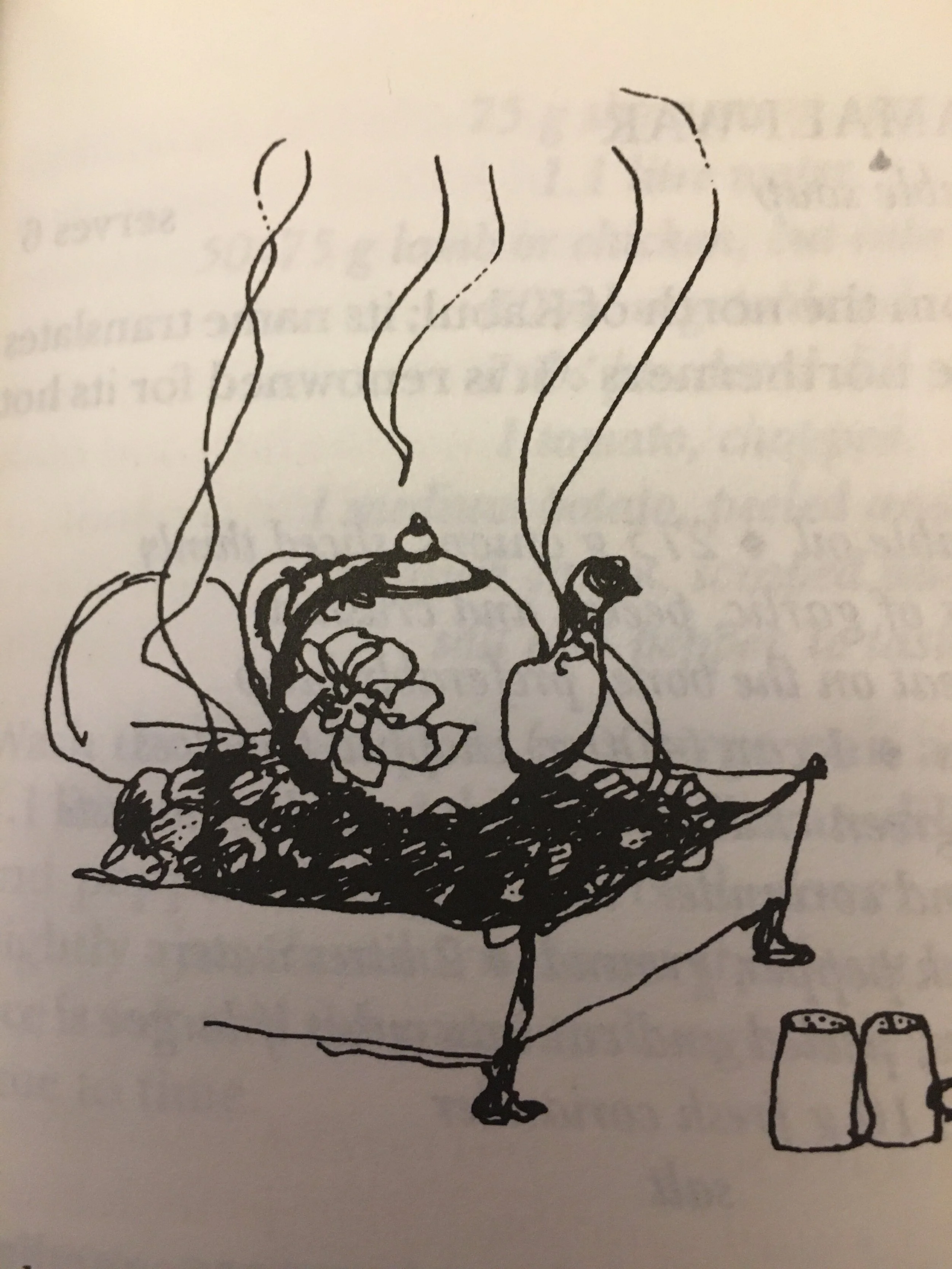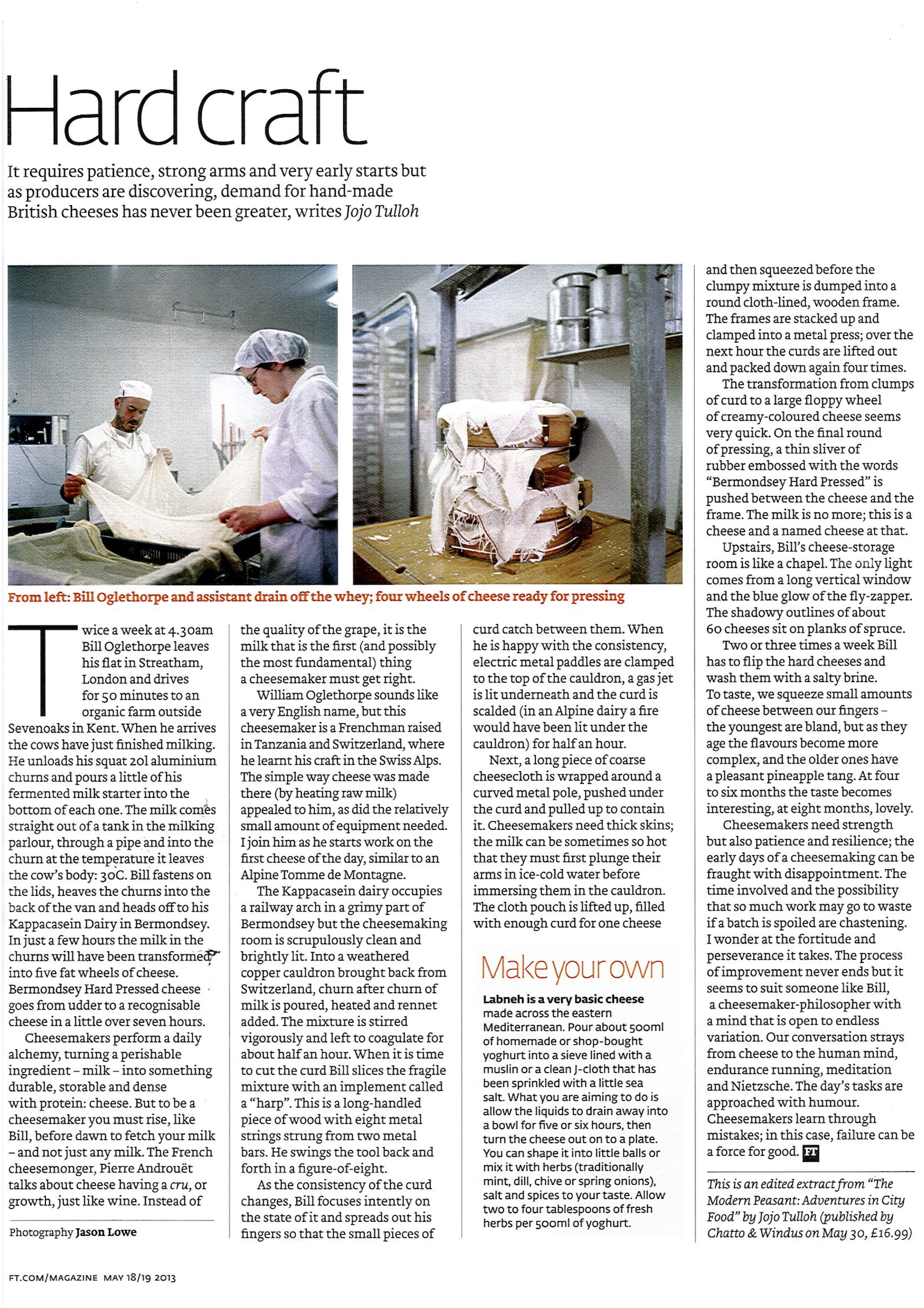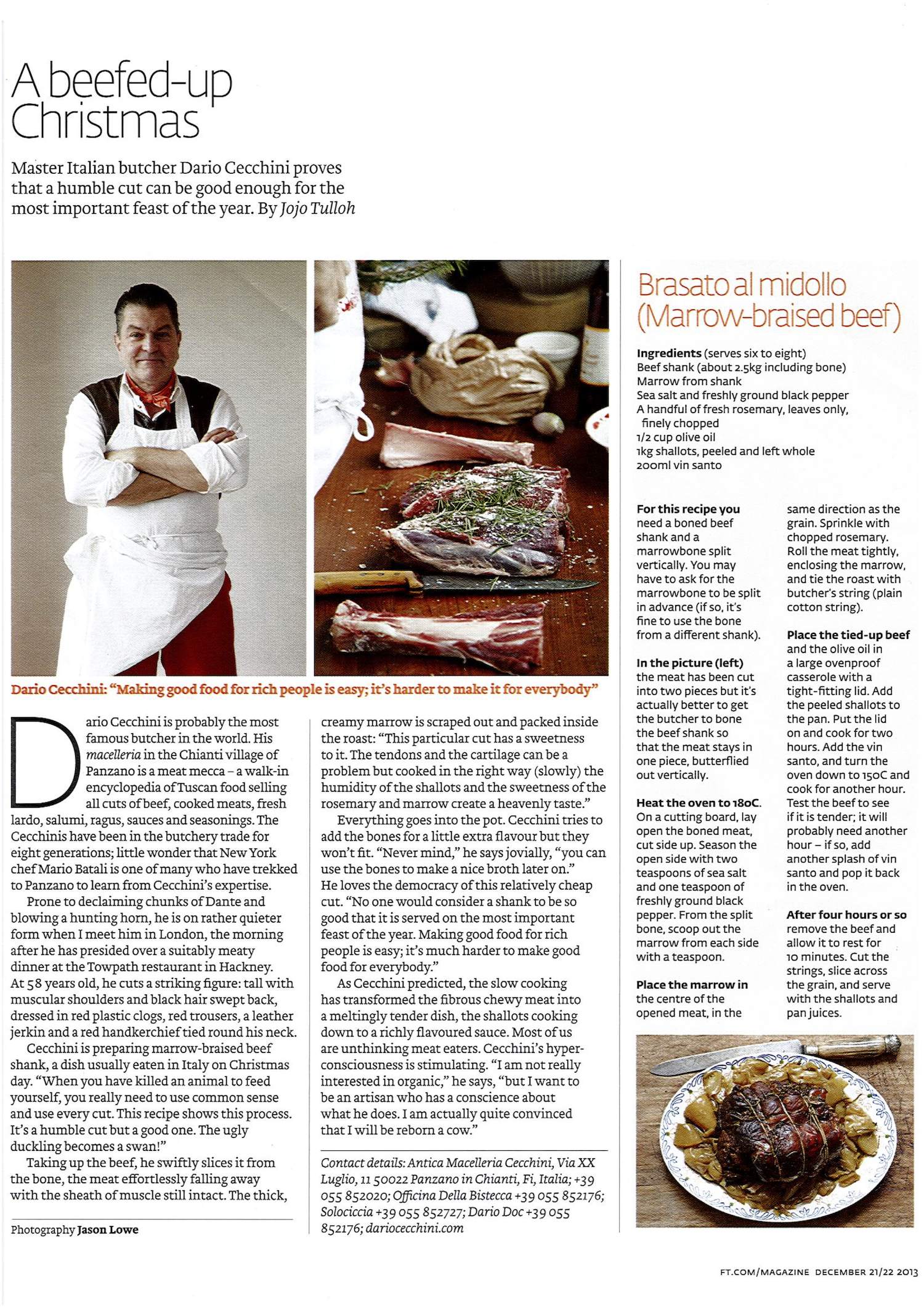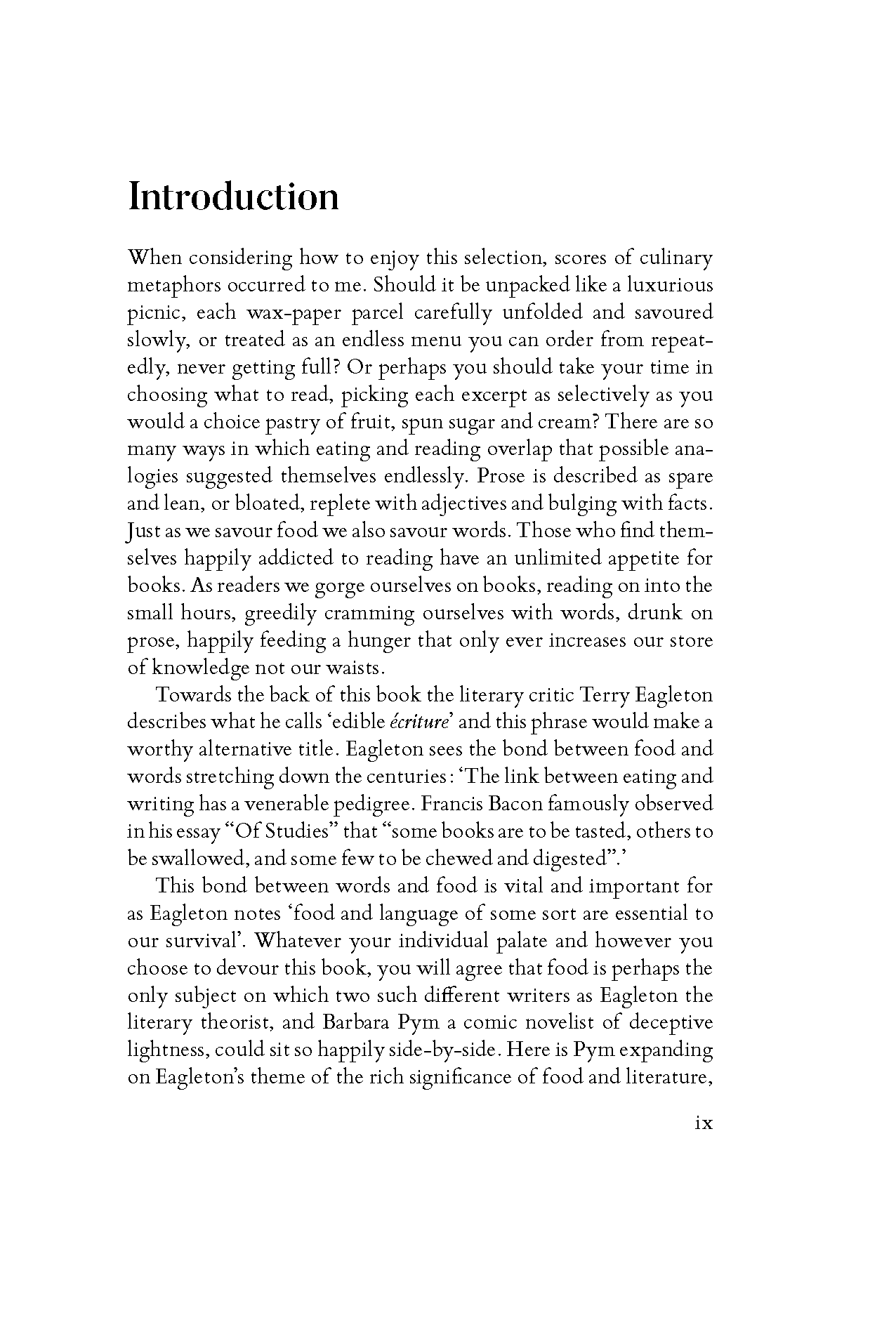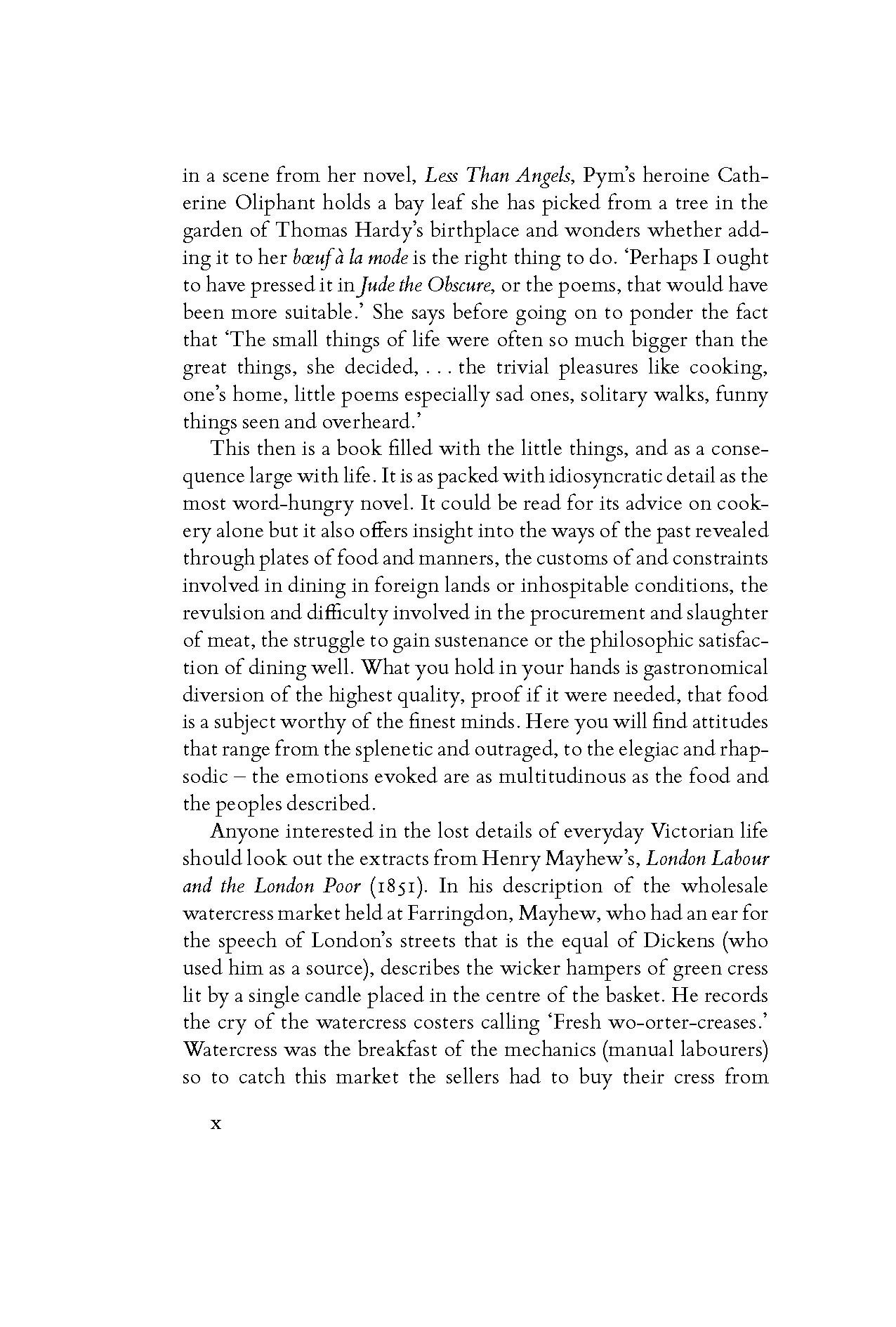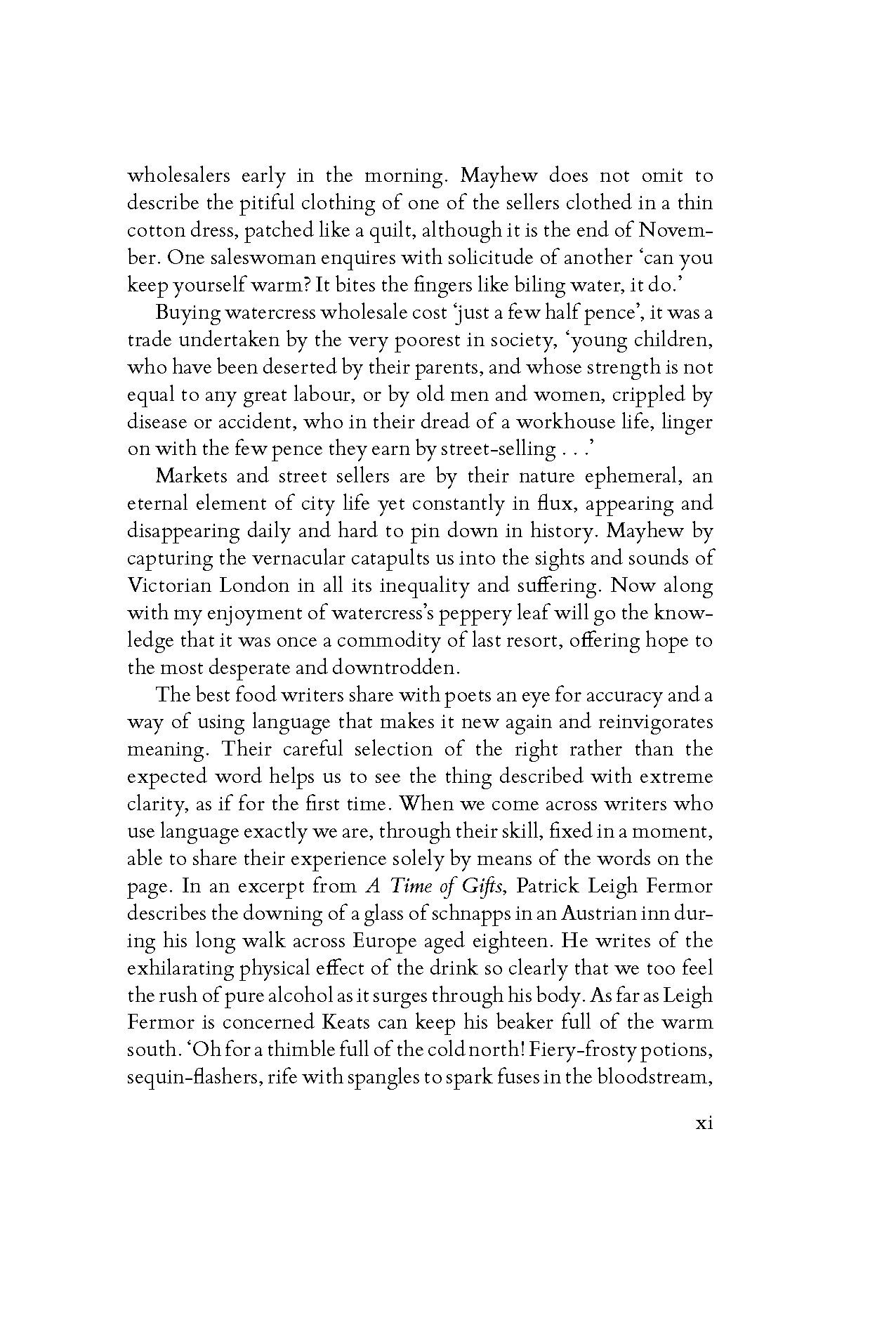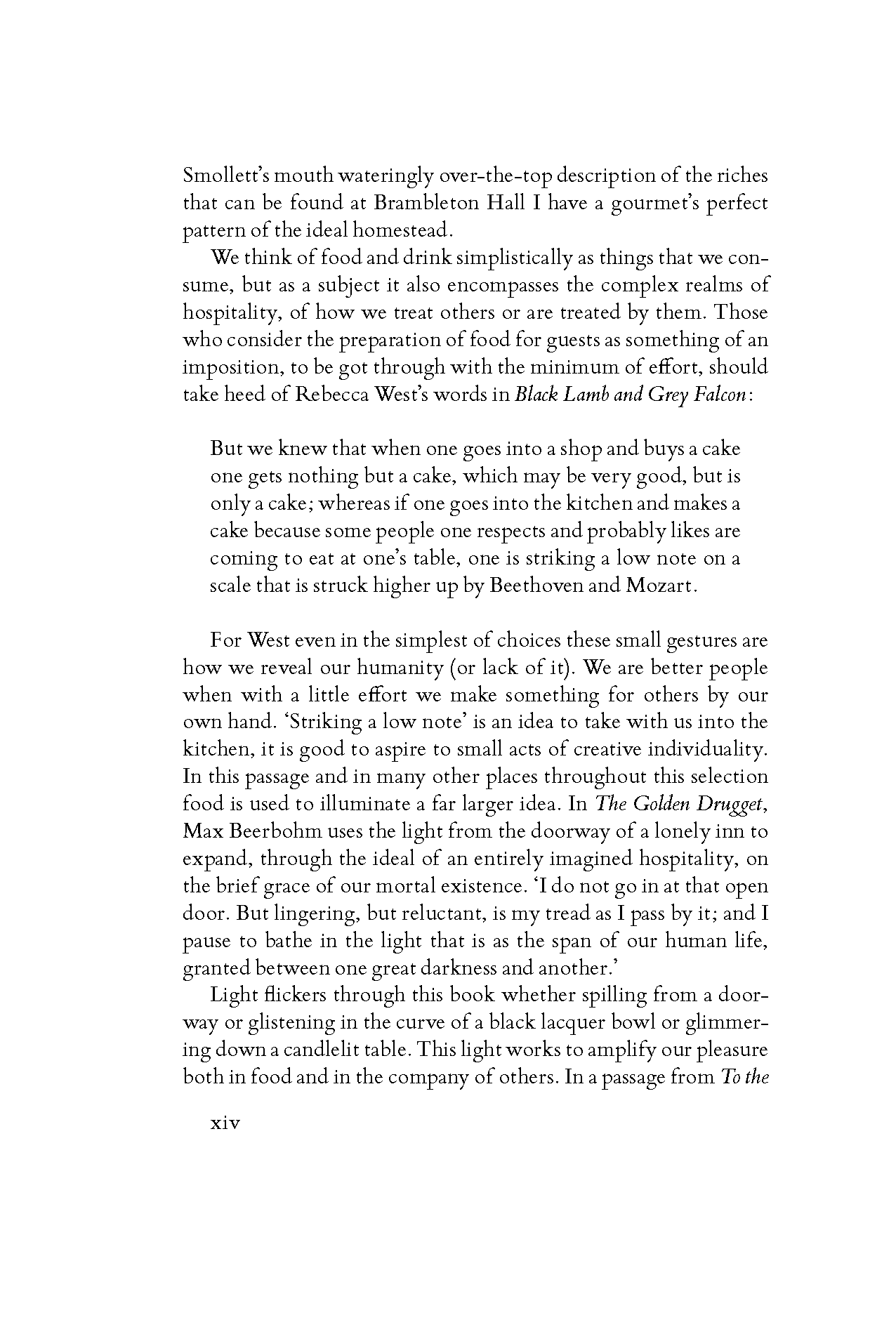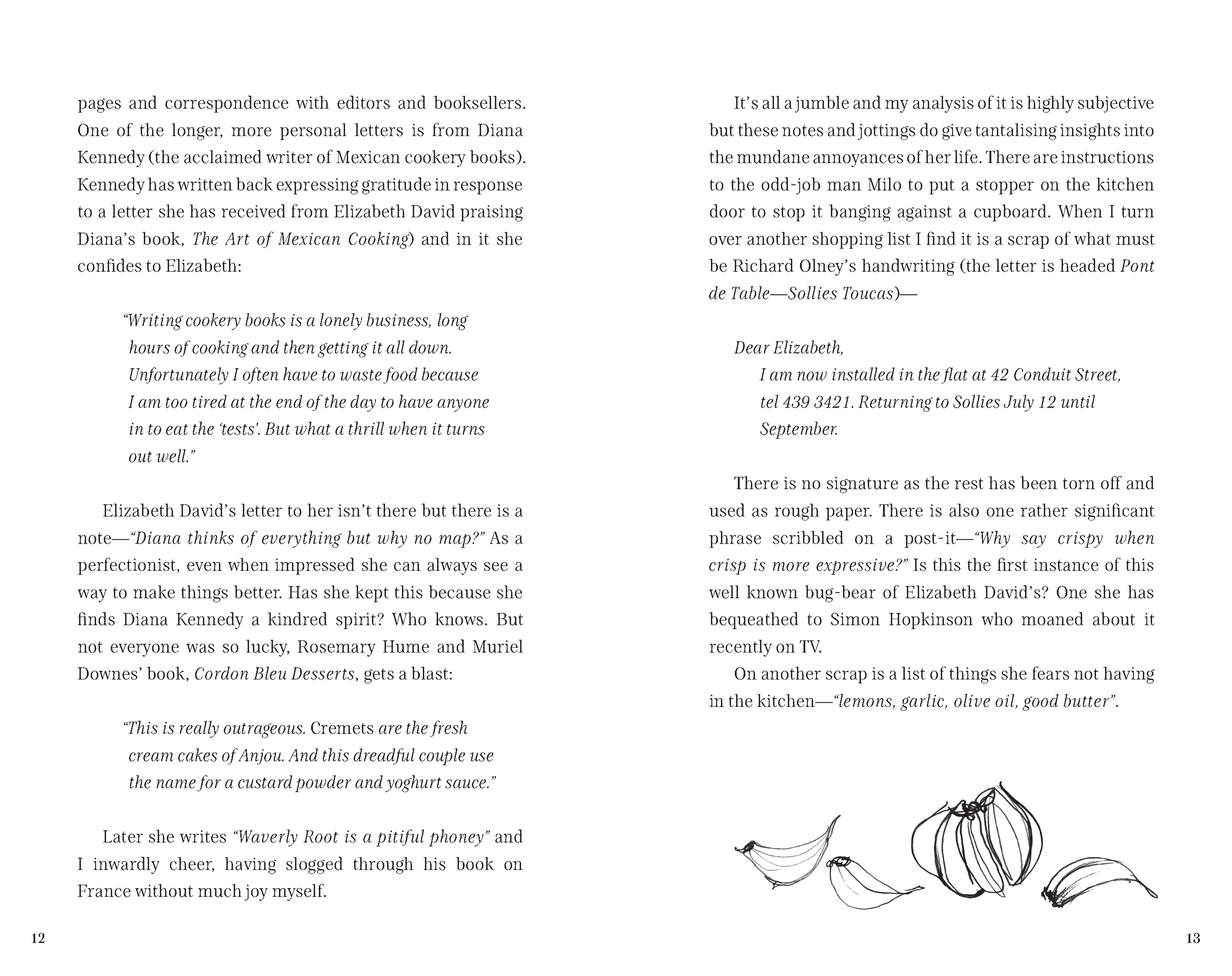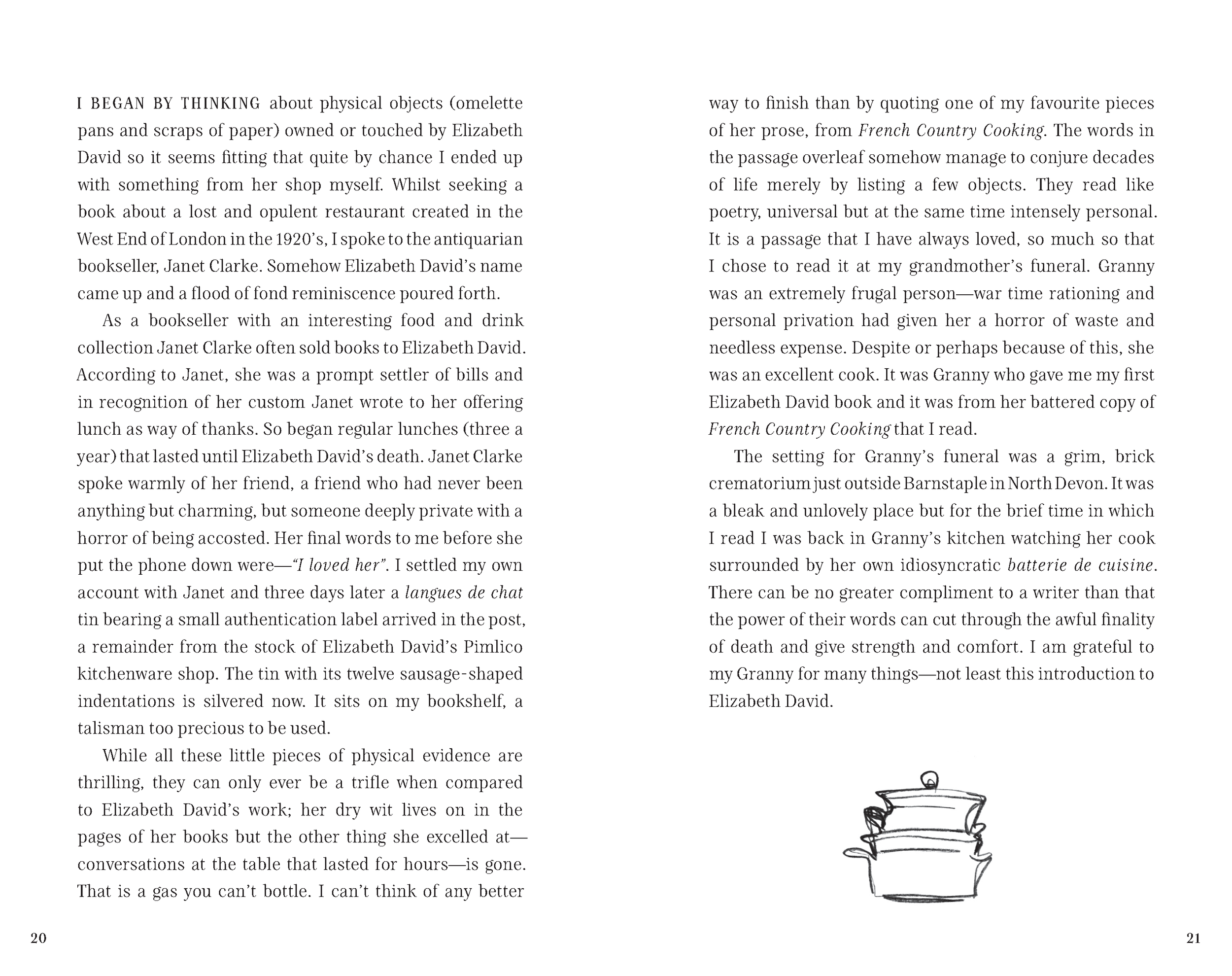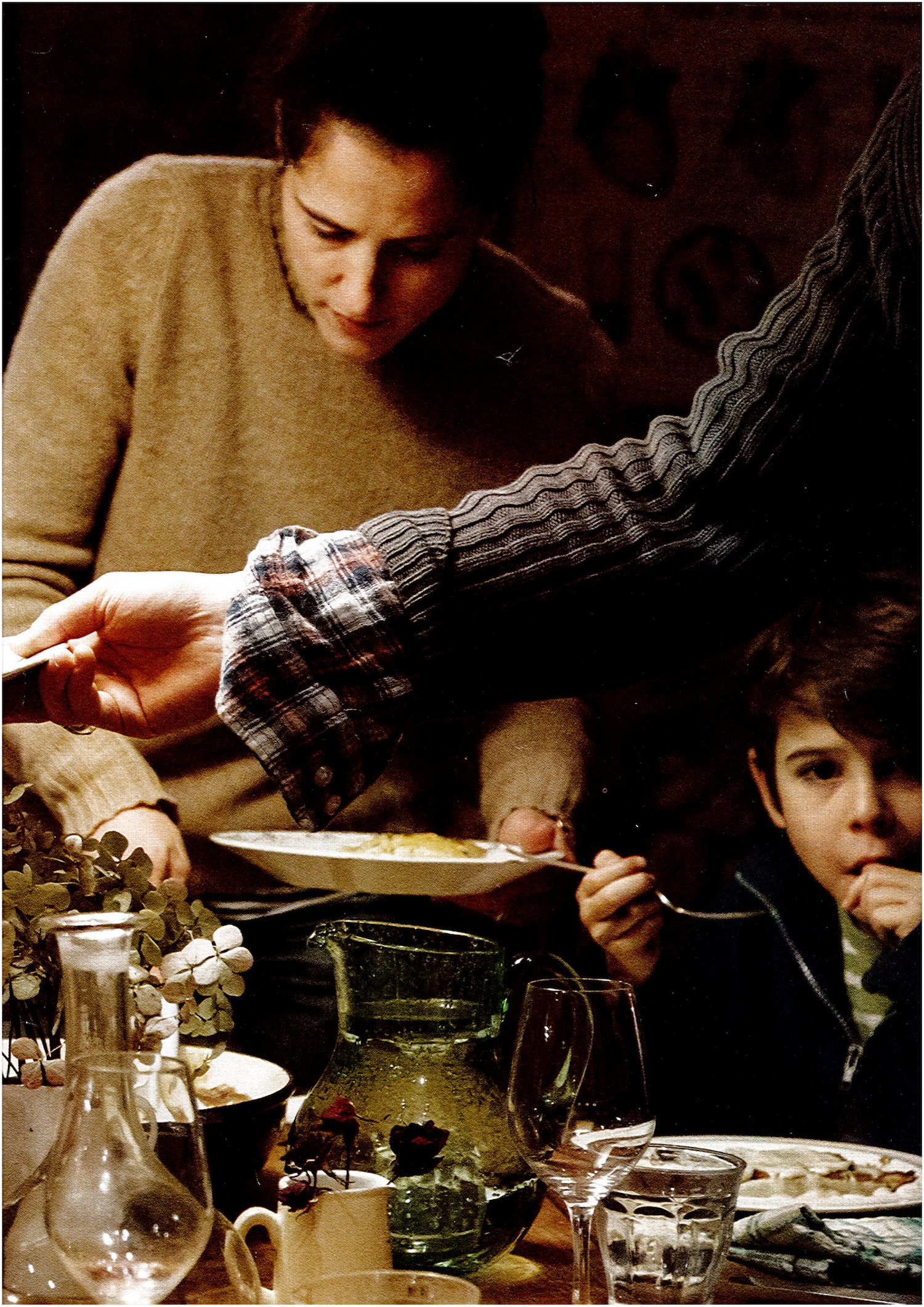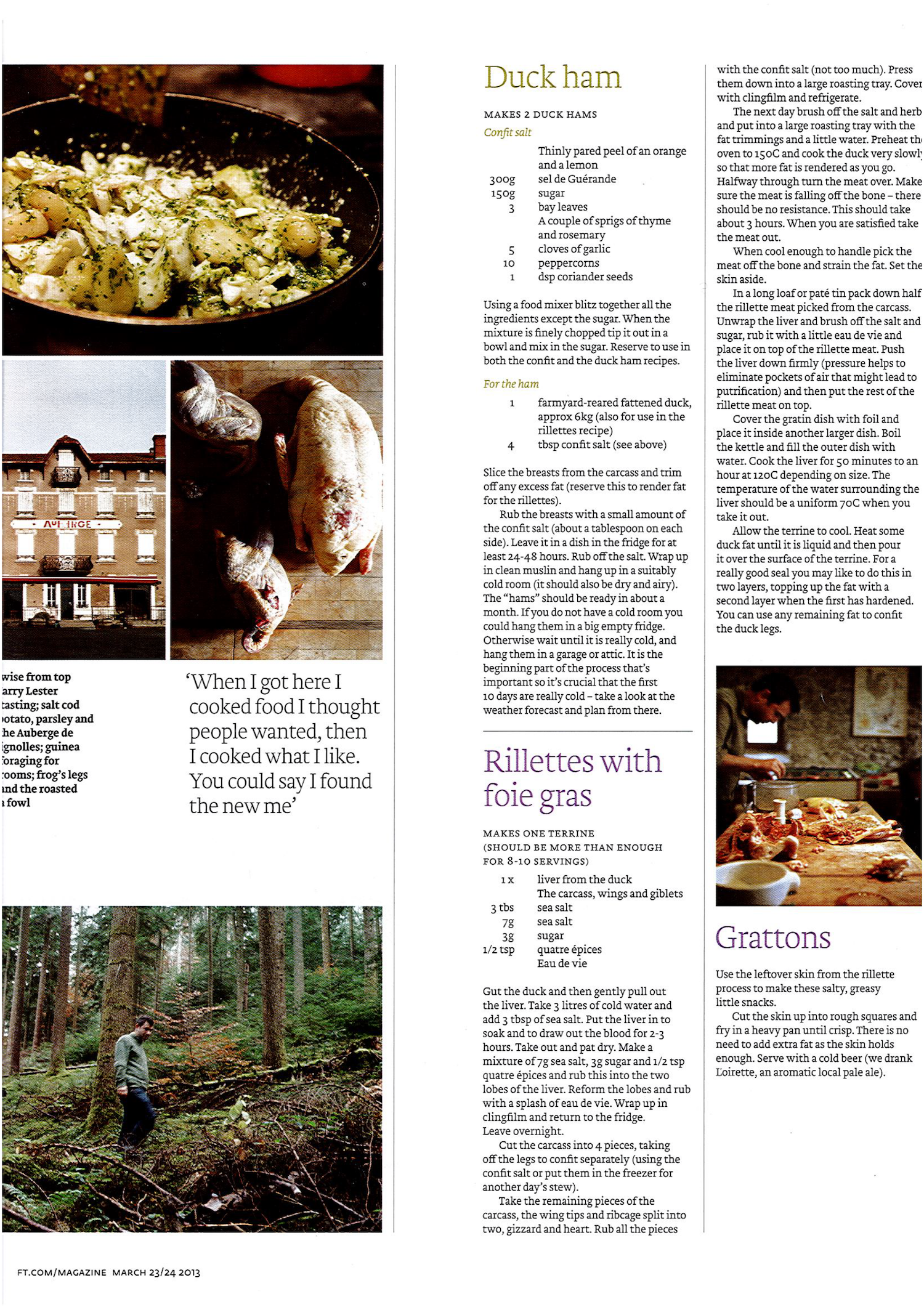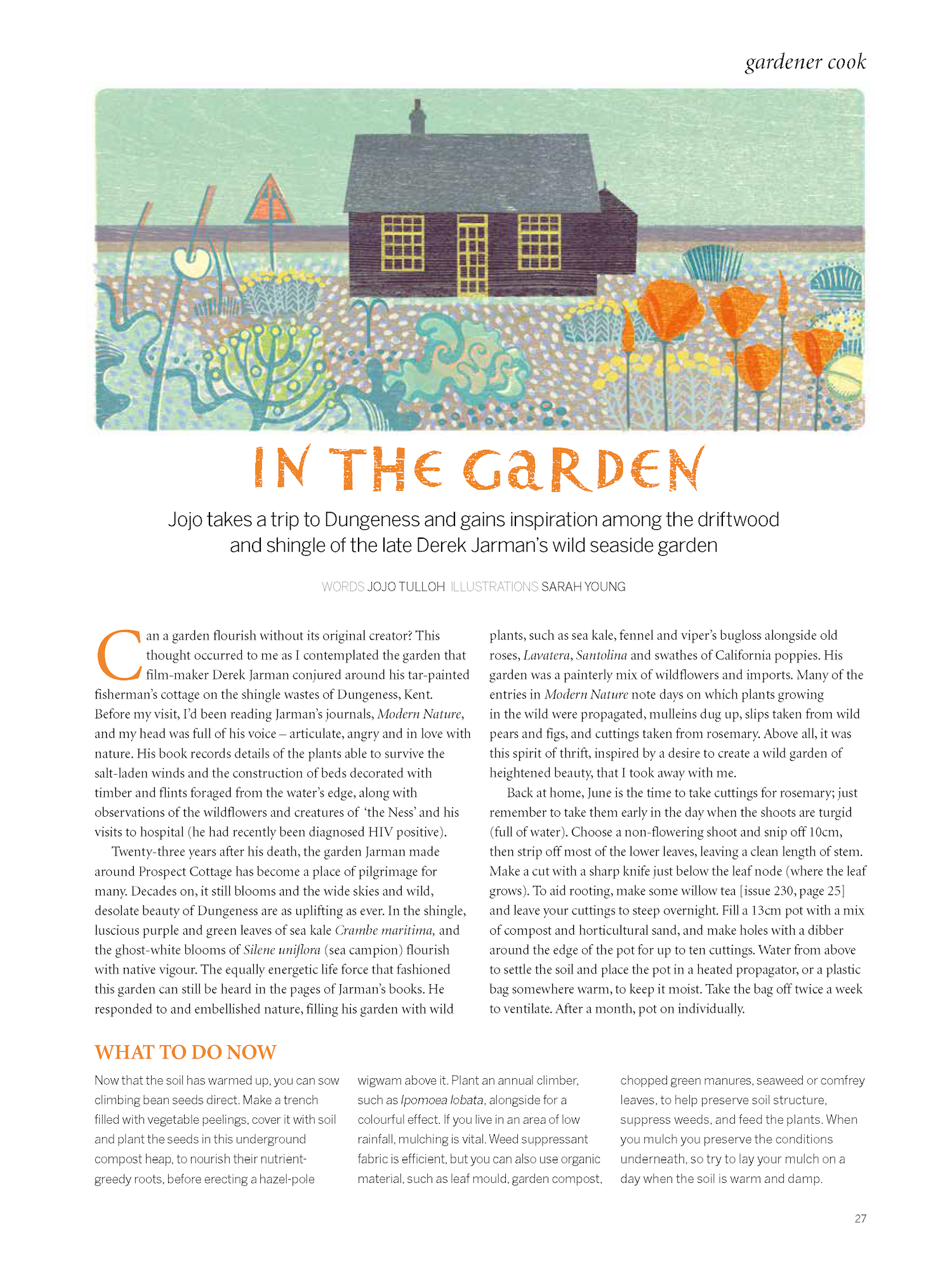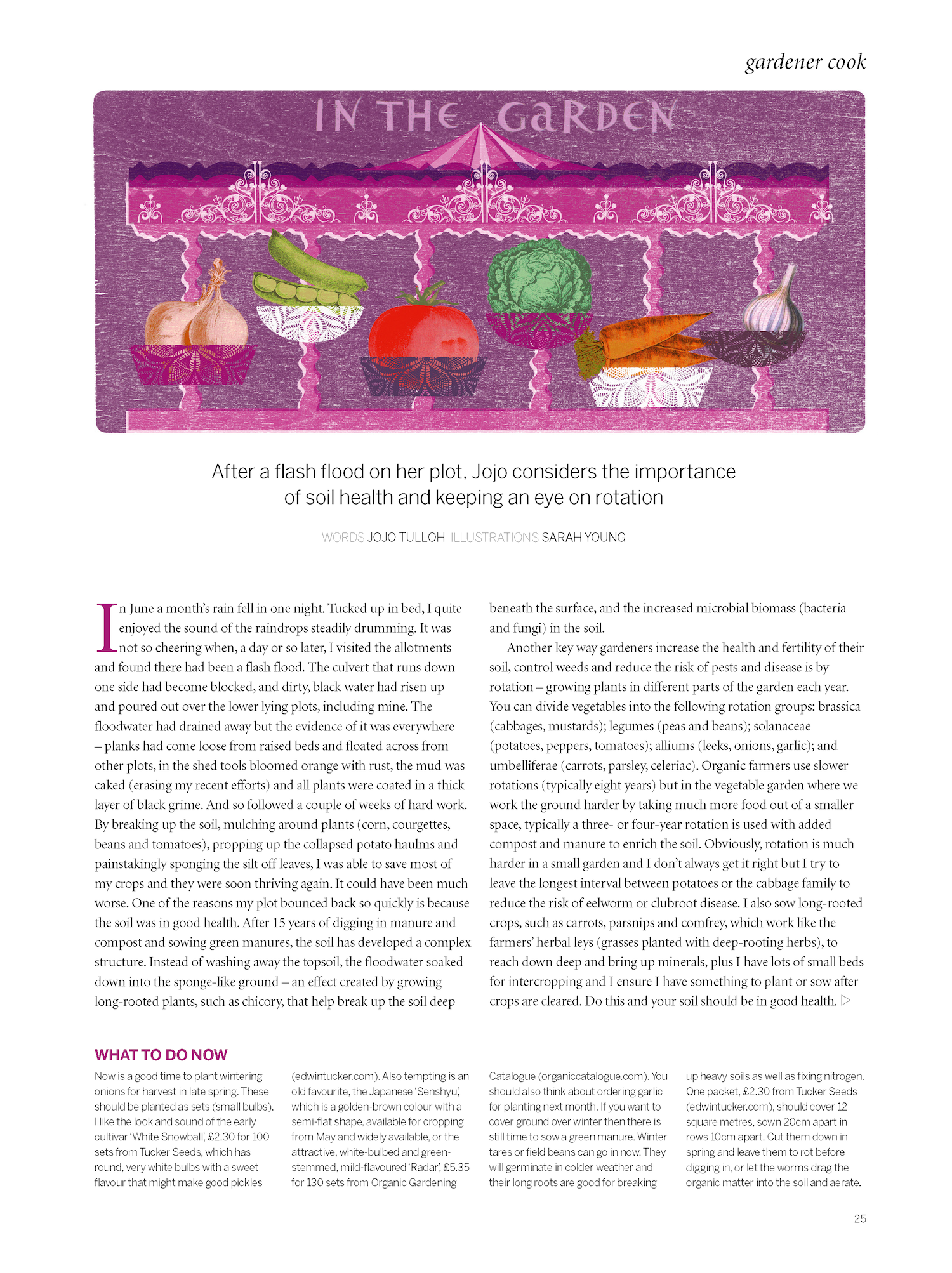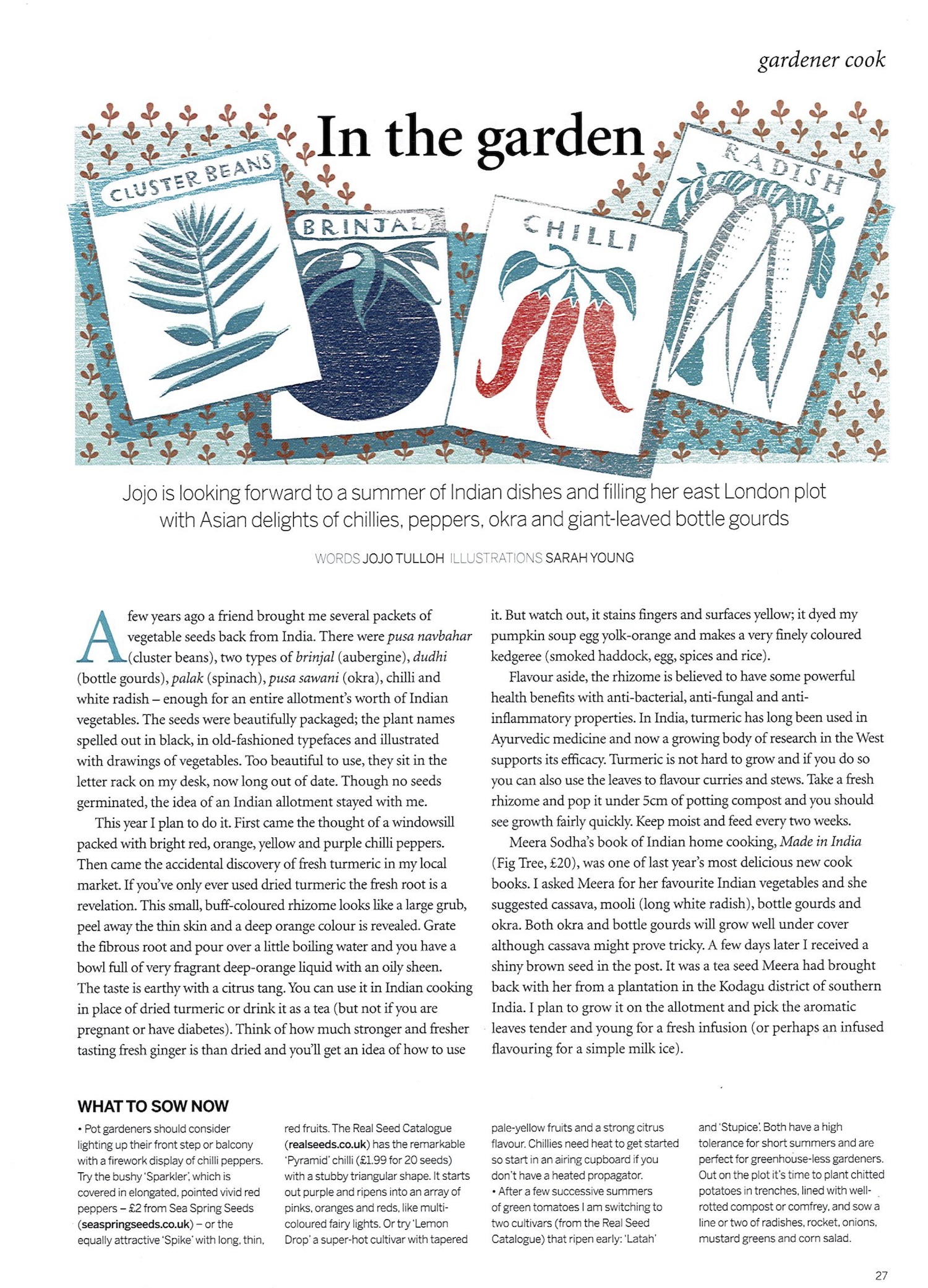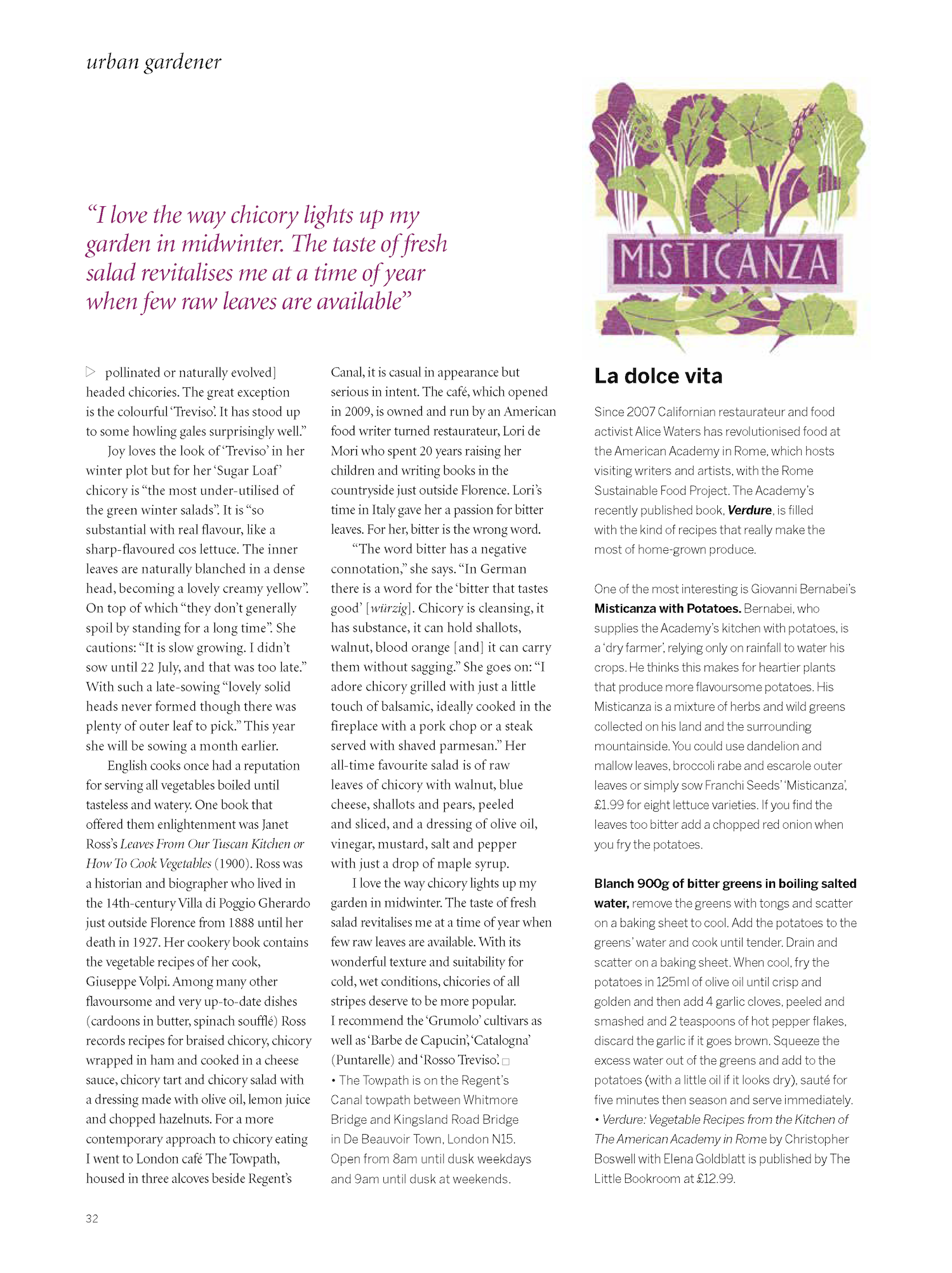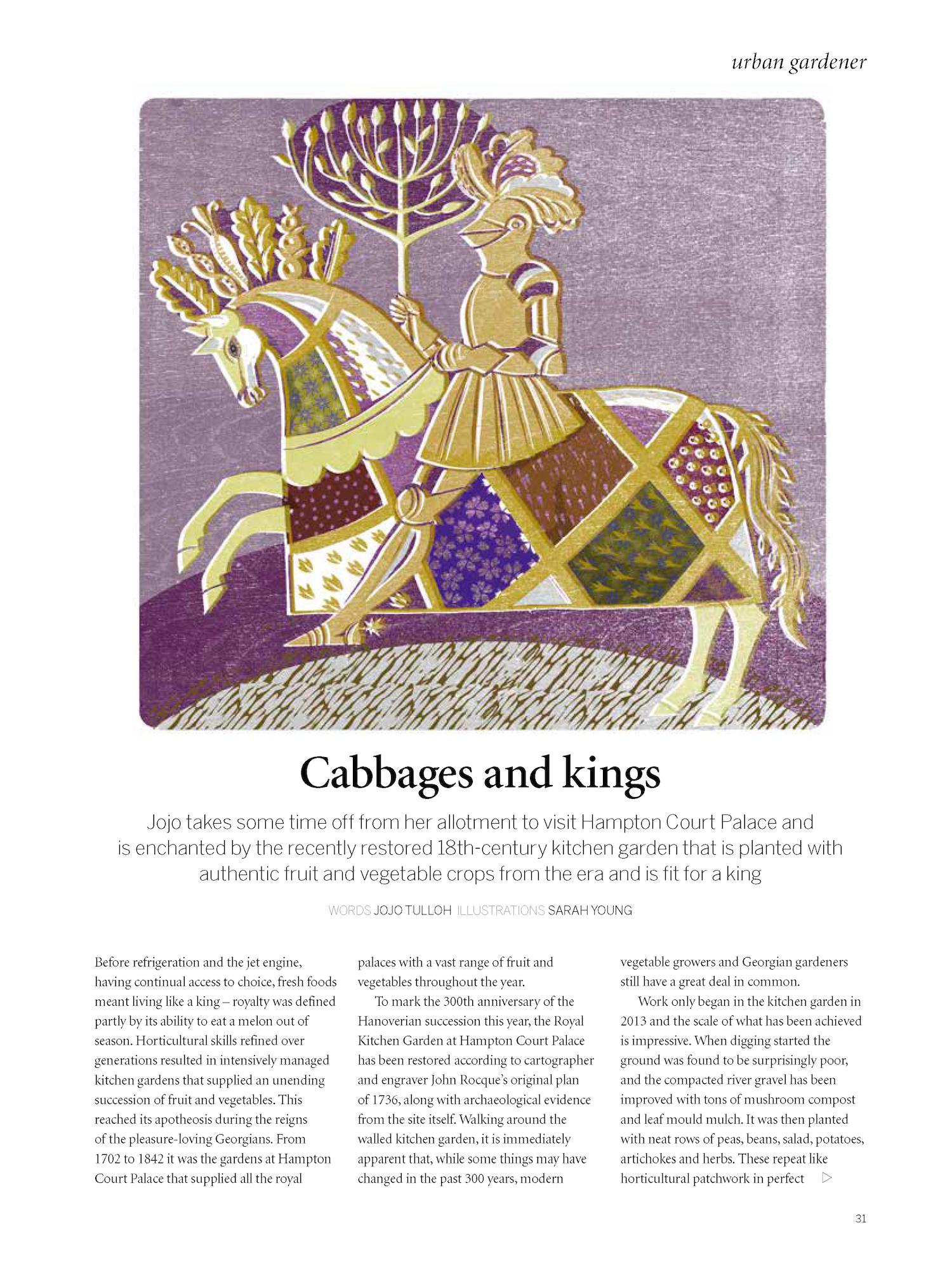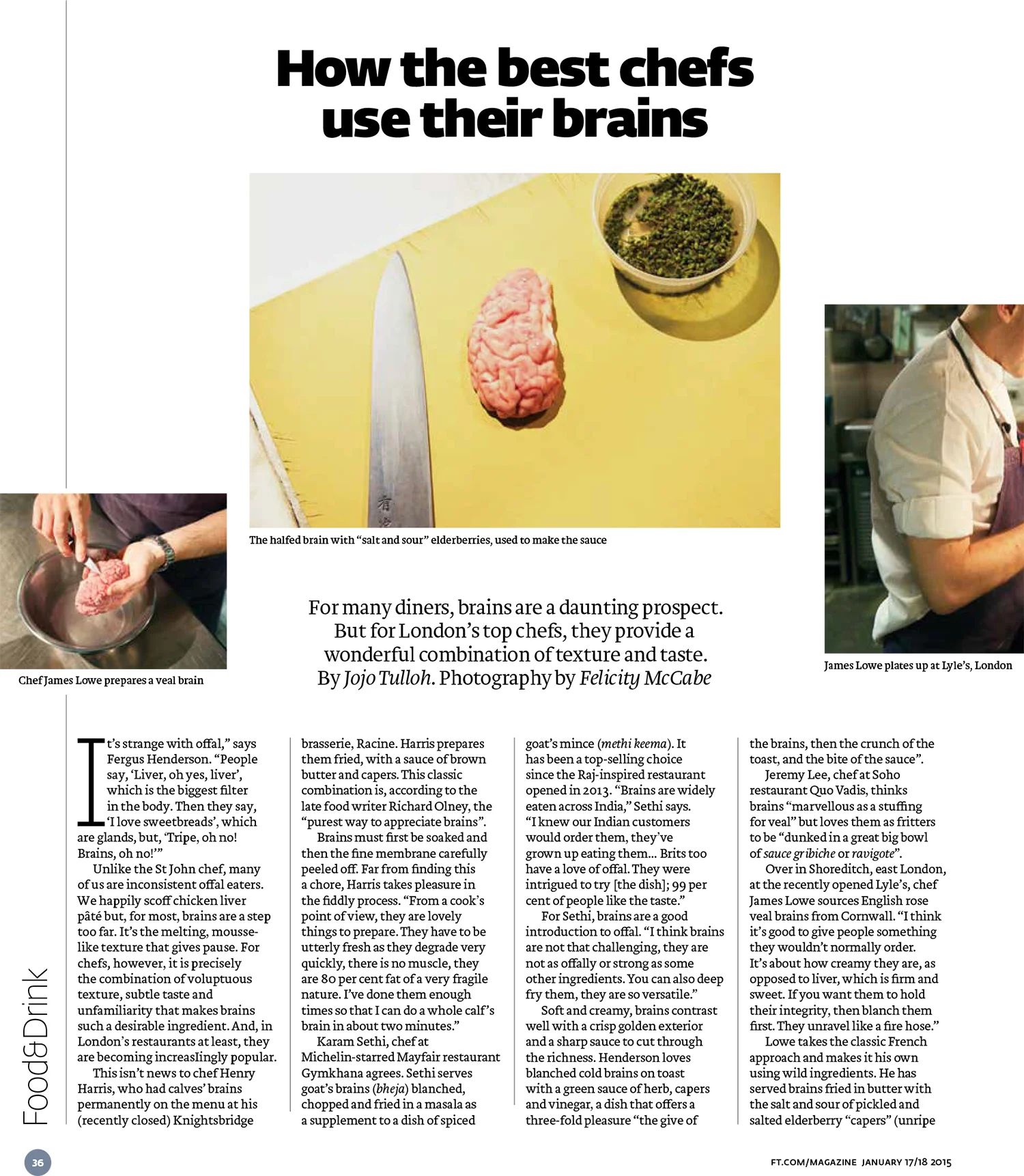Upstairs in the ‘Home’ gallery of the Victoria and Albert Museum of Childhood at Bethnal Green is an eighteenth century dolls house. The outside is painted to resemble pale stone-colour bricks and it has a low dark wood stand. It is just one of many dolls houses displayed in the gallery’s large glass cases. The front is closed and the house quite plain looking, after a quick glance you might be tempted to go on to the next exhibit. However this dolls house is unlike any other in the museum. It is a physical link to a highly original human being, the artist and writer Denton Welch, who restored this house.
In his journal, Welch describes the moment he first saw the dolls house, a gift from Mildred Bosanquet whose mother’s family were the original owners.
26th March seven o’clock 1945
‘For the last few weeks I have been mending the mid-eighteenth century doll’s house (which Mrs Bosanquet of Seal handed over to me in 1941). It has been in her mother’s family (Littedale of Yorkshire) since it was made. Mrs B said glibly, “I suppose it was made by the estate carpenter.”
I first saw it in B’s cellar on a winter afternoon. She said, “Here’s something that might interest you, Denton,” and shined a torch into a grey oblong box, amazingly dilapidated, on a stand. There were windows out in it, but I hardly would have believed it was old, until she opened the doors and showed me the charming mantelpiece in each room, every one subtly different, with perfect mouldings. Then I saw that the tiny doors were two-panelled and that each room was wainscoted halfway up, just as eighteenth century rooms should be.
But it was all daubed and coated with so much thick paint and there were so many sordid remains of Edwardian doll’s furniture, together with moth eaten curtains and pieces of felt that it had clearly become something to be avoided and forgotten.”
Denton Welch is not well known and many of his books are out of print but he is the kind of writer that you discover and take to your heart as you would a new, fascinating and sometimes alarming friend. You quickly find yourself reading all of his works. He is a writer much loved by other writers for the vivid and intimate way he is able to narrate the circumstances of his adolescence and later his painful convalescence. The circumstances of his life were tragic but they combined to produce a writer with a singular voice.
Welch was born in Shanghai to an English father and American mother but from the age of eleven he was educated in England. His mother died around this time. After running away from school at sixteen, he took a journey with his father in China and then enrolled in art school at aged seventeen. When still a student at Goldsmith’s Art School, Welch was knocked down by a motorist while cycling to his uncle’s house. He was badly injured, his spine was fractured and he spent three years recovering in a nursing home. His fractured spine, caused inflammation of the bladder and kidney failure, which left him partly impotent.
The effects of the injury would greatly curtail his life, leading eventually to tuberculosis of the spine and frequent and severe headaches and high temperatures. He was often confined to bed, but it was during this time that he also produced his intense and arresting works of autobiographical fiction. His first two books In Youth is Pleasure and Maiden Voyage both recall his teenage years when he was in full health but beset by terrible anxiety about his inability to fit in with school and his conventional family. He had a great ear for dialogue and an ability to create a distinctive sense of place. Despite his frequent bouts of extreme ill health, before his premature death at the age of thirty-three, he managed to produce a significant amount of work. Several of his books and his journals were published posthumously. His last journal entry, written just a few months before his death is a detailed and very funny account of tea with Vita Sackville West and Harold Nicholson at Sissinghurst.
Because of his accident Denton Welch was isolated and lived in a world of memory and imagination, recreating past events both painful and pleasurable. The writer is often miserable but the books are far from that. Sometimes his books are painful to read but whatever he is writing about whether it is food, architecture, sexuality, churches, antiques, the behaviour of his relatives, his own impulsive and sometimes selfish actions, he makes it compelling.
The writer Edmund White has said of Welch that he is:
“one of those writers who is always interesting. The more his world is reduced to a hospital room and a handful of human contacts the more fascinating he becomes. Is it the precision of his observations, the fierce but gentle strangeness of his personality or his love of nature that captivates the reader? Like Colette and Jean Rhys, Welch has the power to generate interest out of even the most meagre materials. He had this gift from the beginning but suffering and illness refined it into a white hot flame.”
Welch’s novels are compressed pieces of recalled life. His journals are more discursive, during the times he was well he would cycle or walk to churches and ruins, visit antique shops and picnic. He often recalls conversations with those he meets along the way. He also writes at length about the restoration of the dolls house. Writing in March 1945, he recalls the acquisition of the house four years earlier.
“At last it arrived one morning when I was still in bed, having written Maiden Voyage for several hours. My head and eyes were tired, and I was almost trembling with excitement as the men climbed up the outside staircase with it and plumped it down in the middle of the studio. In my pyjamas I began to poke and peer and examine it.
First I tore away all the repulsive curtains and carpets which had been nailed on. The moths’ eggs were thick as fish roe and the dust was like bat’s fur. Gradually I emptied every room (dining, drawing, bed and kitchen). There were only two bits of Georgian furniture left. A charming dark mahogany Pembroke table with one flap, and two tapering legs missing, and a little chest, also very dark mahogany, but quite plain, with little brass knobs. I forgot the little oak stool for the kitchen. There was a tiny, perfect old brass saucepan, two good little pewter platters and some little Victorian dish covers.
The rest was muck, except perhaps for the curious little chair and chiffonier, perhaps 1880-90.
When I had stripped the rooms I saw how coated with ugly pink and green paint each delicate moulding was. Even the floors were painted pink and green. Perhaps by some child with two pots of bright enamel.)”
With great care Welch restores the exterior paintwork.
“As I looked closer at the body of the dolls’ house, I saw that under the grim unfeeling coat of battleship-grey was a lighter fawn paint, and on this paint were the signs of bricks painted in black.
This excited me and I began to scrape. I soon found that under the fawn were two other coats of yellower, bigger bricks with white outlines, and that right at the bottom the original coat was tiny red bricks. I longed to get down to this first coat, but it was impossible without ruining it in the process, so I contented myself with the first beige bricks, which by the texture and the quality of the paint seemed to date from at least the early nineteenth century.”
After many months work he strips off the different patterned wallpapers and uncovers the original colours of the rooms that you can see in the dolls house now (drawing, pink – dining, white – bed, blue – and kitchen, white and ochre).
“I painfully scraped down to these, stripped the floor to its original plain wood, and found that the doors were meant to be bare mahogany and white surrounds.”
He also discovers that the draws of the stand were originally painted with a Chinese Chippendale fret design, “very pretty but quite ruined by age and stripping. I carefully ruled out the shape of it, then painted nearly all of that in to preserve it.”
He makes a new handle out of odd bits of an old brass handle, but a bomb landed in the garden of his rented cottage in Kent and later on it caught fire, destroying many of his treasures and so he has to move. This time to damp, cramped rooms above a garage. The dolls house languishes for three years before he takes it up again in 1945.
“Then came the awful stupid scenes and troubles before I left Pond Farm, and again the dolls’ house had to go, this time to Mays’ outhouse studio where it was stored from 1942 until last month, when I suddenly had a passion for it again, unaccountable, unless it was just looking at it in its ruined condition and seeing again how lovely it could be.
And with May’s tools I started on it, never having done any carpentry since the age of eleven.”
He remakes the stand and repairs the big doors, and then turns to remaking the tiny tapered legs of the Pemroke table, the missing windows, front door steps and the pediment and tops of the columns, “The fanlight I made all of matches and putty, and it was good.”
He carves a tiny cedar newel post and remakes the chimneys, the balustrade he finds (part of a bracket) in a junkshop in Tonbridge.
“Nothing will look grander than the dolls’ house, with its perfect classical door, window proportions, heavy Palladian coigning, cornice, and then the pediment and the reconstructed balustrade, all standing on the stand with the fret pattern revived.
All these weeks I have been doing it every afternoon (after writing) in May’s garden. One has the feeling that slowly the house is coming to life again.”
Denton Welch never owned a home. He lived precariously in rented rooms but he always longed to restore a ruin, perhaps a grotto or a medieval chapel and live in it. He had a great love of old and beautiful things and a horror of poor restoration or alteration. The contemplation of ancient and fine things gave him great comfort. In his journal dated 21st of January 1945, a page or two before the entry about the dolls house, he recalls the eighteenth century house in which he rented a room at 34 Croom’s Hill, Greenwich whilst he an art student. He thinks back to the time when he was young and lonely, waiting for something to happen but still in perfect health.
“And the old eighteenth century room with everything just thicker, wider, more generous than absolutely necessary, seemed to hold me within its walls as if I were valuable, worth taking care of.”
It is tempting to believe that in restoring this eighteenth century home to its original, elegant beauty he was able to fulfill his ambition to make a permanent home of his own, even if only in miniature.








